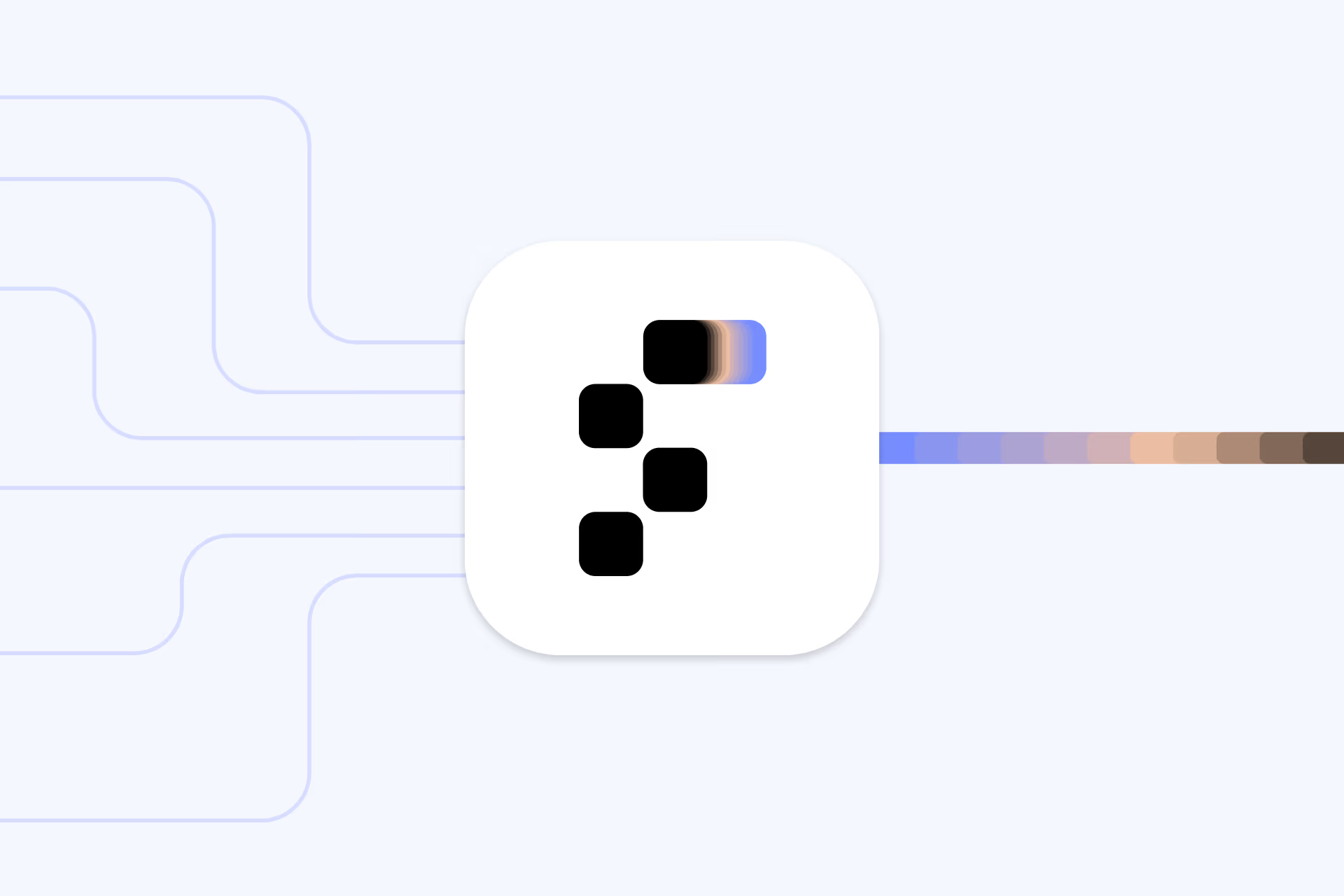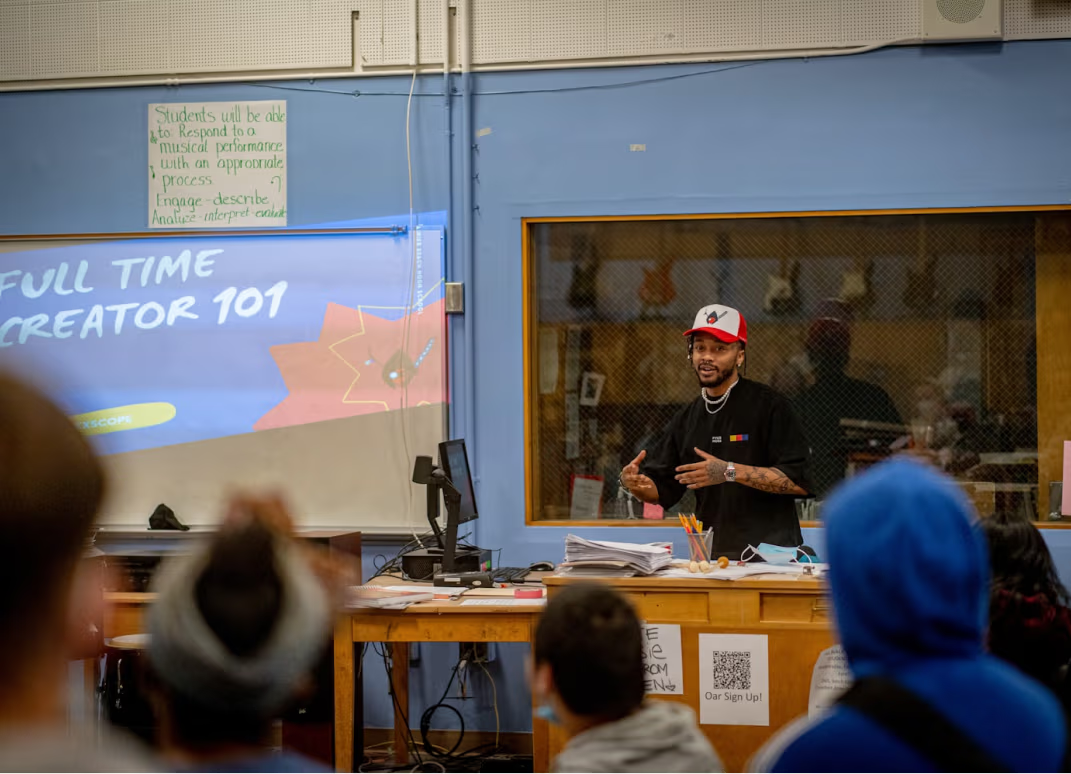Build with Flashback: A Practical Guide to Getting Started with the Platform

The fastest way to understand Flashback isn’t to read about it — it’s to build with it. Flashback was designed for developers who are tired of juggling multiple cloud SDKs, expired credits, brittle migration scripts, and dashboards that don’t talk to each other.
With Flashback, you get a neutral integration layer that makes storage usable across AWS, GCP, Azure, and even emerging decentralized providers. And you don’t have to rewrite your applications or learn a brand-new SDK.
This post is your guide to getting started.
One API to Rule Them All
Flashback takes the chaos of multi-cloud and simplifies it down to:
- One endpoint: S3-compatible today, with GCS and Blob support too.
- One authentication model: JWT-based bearer tokens.
- One interface: Usage stats that apply across all providers.
That means you can connect your buckets once, and immediately interact with them through the same familiar calls you’re already using. For developers, Flashback looks and feels like an S3 API. Under the hood, it routes and translates across providers. Explore our documentation.
The Free Tier: Experiment Without Commitment
To make exploration easy, we’ve built a Free Tier..
You have an AI chatbot, a simple, stateless assistant that asks you a fixed sequence of questions — like your primary objective, preferred cloud, or budget — and then generates one tailored recommendation per year.
It’s not meant to replace production integrations, but to give you a feel for how Flashback thinks and what’s possible when you unify clouds behind one control plane.
Implementation Guides
We know builders prefer to learn by doing. That’s why Flashback comes with practical, step-by-step playbooks:
- Credit-aware multi-cloud storage: Use your credits efficiently across AWS, GCP, Azure, and more.
- Cross-cloud migration: Move workloads without vendor lock-in.
- Latency-aware routing: Automatically choose the fastest Bridge Node for edge or AI pipelines.
- Backup tiers (hot + cold): Mix providers for resilience and cost control.
Each guide includes code snippets in Python (boto3) and Node.js (aws-sdk v3) so you can wire Flashback directly into your backend today.
Vibe Coding: Build With Prompts
Sometimes, you don’t want to write boilerplate at all. That’s where Vibe Coding comes in.
We provide prompt recipes you can feed into your favorite AI coding assistant. These prompts generate ready-to-use Flashback integration code for you, so you can go from zero to prototype in minutes.
Think of it as pair programming with the platform baked in.
What You Can Do Today
Here’s a quick checklist to get started with Flashback right now:
- Connect a bucket from AWS, GCP, Azure, or any S3-compatible providers (Akave, StorJ, etc.)
- Point your app to a Flashback S3-compatible endpoint (e.g.,
s3-us-east-1-aws.flashback.tech). You can use GCS or Azure Blob endpoints. - Run your first calls using the same SDKs you already know.
- Check the stats API to see usage across providers in one place.
- Experiment with migration or credit-aware allocation using our guides.
No new SDK. No lock-in. Just cloud made simple.
The Road Ahead
Today, Flashback makes object storage integration simple. In the coming months, we’re extending the same principle to cost guardrails, cross-cloud automation, and compute.
And beyond that, we’re preparing a DePIN module that will let decentralized providers plug into the same neutral plane, right alongside AWS, GCP, and Azure.
Flashback is for builders who want the power of multi-cloud without the headaches.
If you’ve ever thought, “Why is this so complicated?” when juggling cloud accounts, this is your chance to make it simple again.
Explore the guides. Try the free chatbot. Point your SDK at our endpoint. Build something.
Because the best way to understand Flashback is to put it to work.
Follow our journey on Twitter/X, Linkedin, and join the community on Discord or Telegram. The future of the cloud is federated, and we’re building it together.

